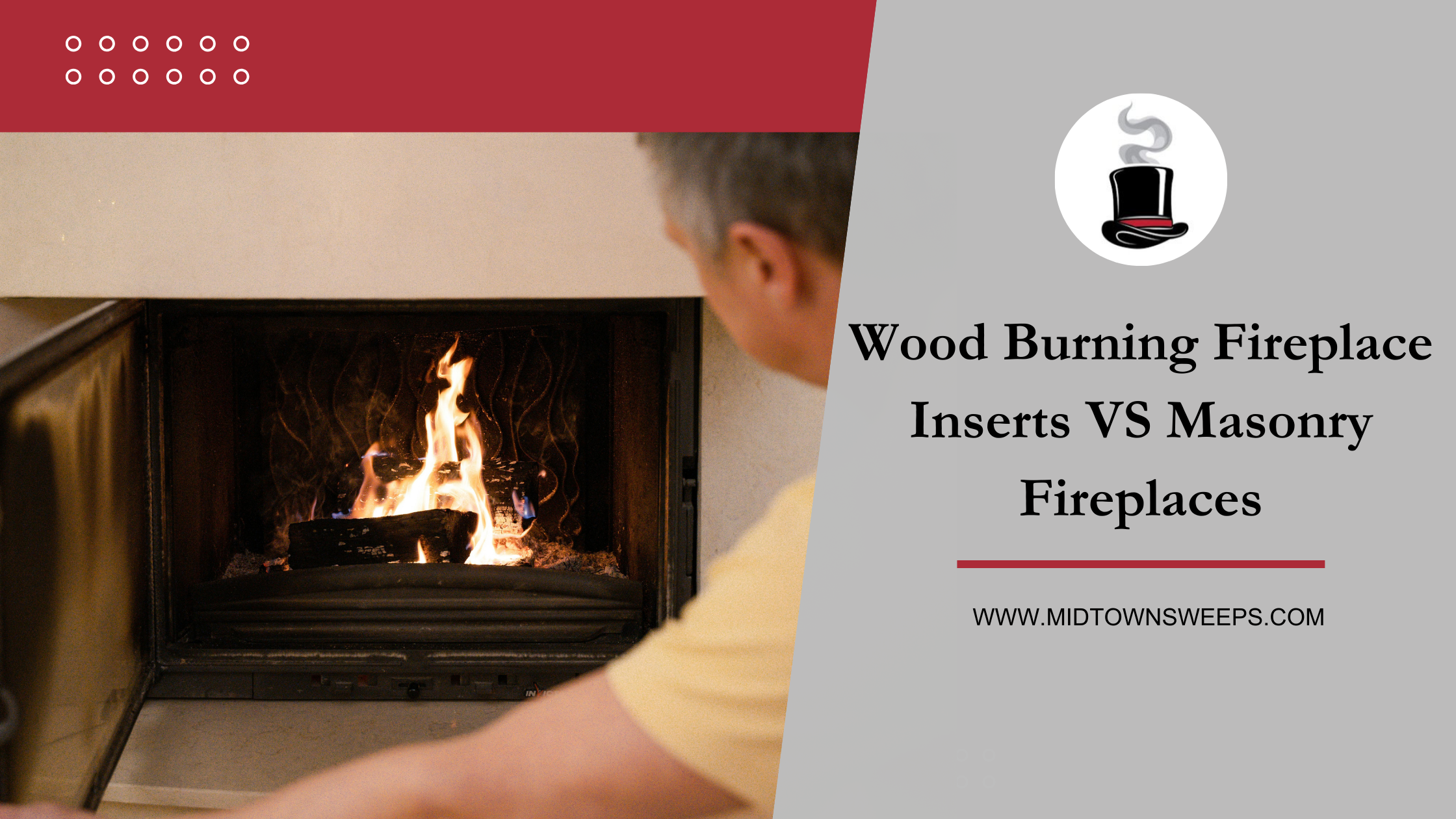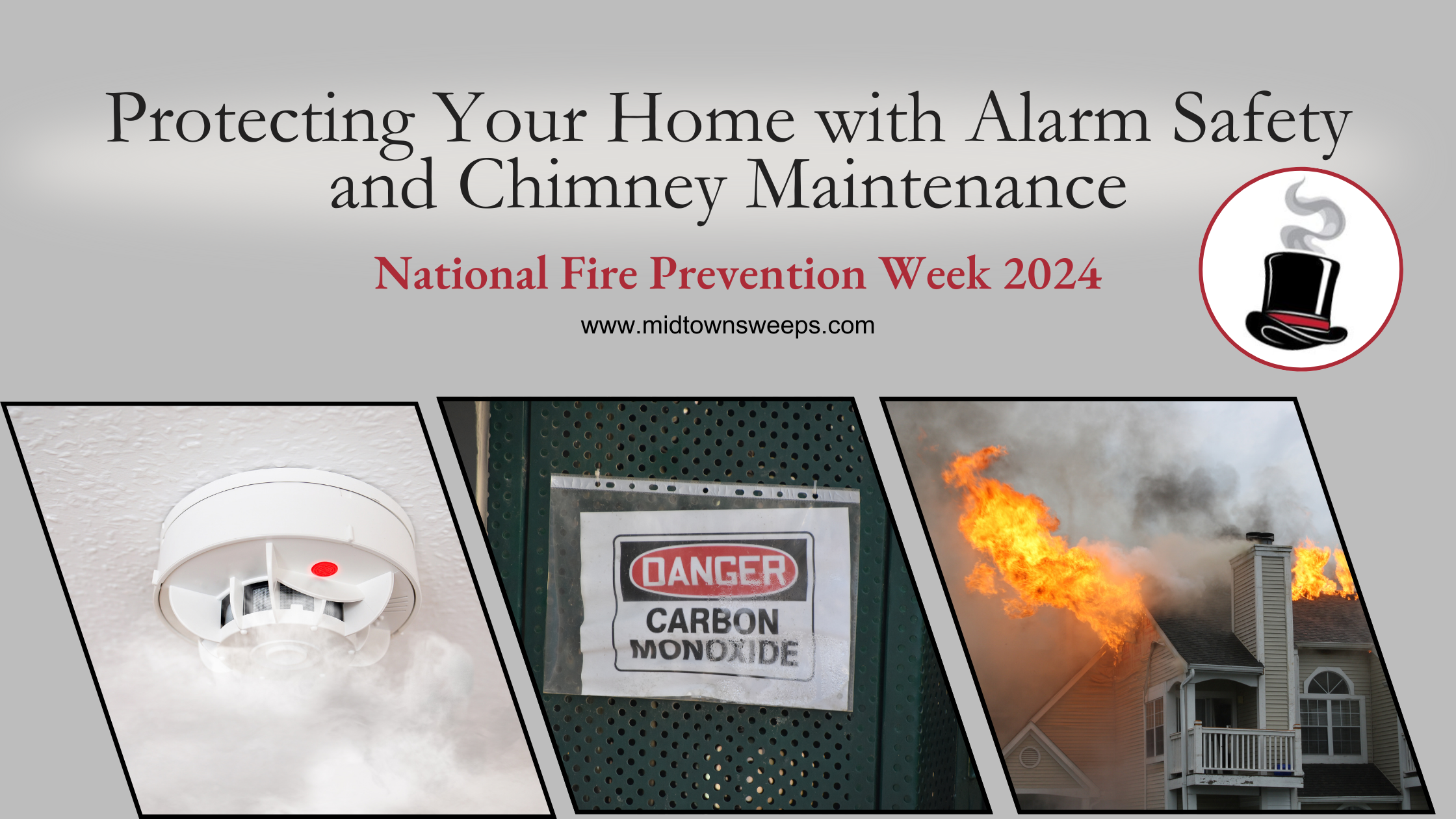Have you wanted to add a fireplace to your basement but haven’t known where to get started? There are lots of different kinds of basement fireplaces to choose from, and it can be tricky to know what kind will work best in your space. Here are a few different options and the pros and cons that come along with them.
Chimney Fireplaces
Wood-burning chimney fireplaces have a timeless, traditional charm that makes them look great in most spaces. They allow you to burn a real fire in your home, which can be cozy and convenient. You can even cook over your chimney fireplace! However, if you’re building a chimney fireplace in your basement, it will require a lot of planning during construction to guarantee that the chimney doesn’t interfere with the space in your upper floors. You’ll also need to keep a supply of wood to be burned, which can be dirty and tedious. Additionally, chimney fireplaces can be quite drafty, particularly during the winter months. Basements are already cold enough, so you might not want to risk adding another opening for the outdoor air to enter your home.
Gas Fireplaces
Another option for a basement fireplace is a gas fireplace. One great feature of gas fireplaces is that they are directly vented. They’re connected straight to a gas source which allows them to function more efficiently than traditional, wood-burning fireplaces. They produce a lot of heat, using almost all the gas fuel to warm your home. Additionally, they are quite easy to clean, since you won’t have to be lugging around wood or cleaning out ash. You can also customize the tile, brick, concrete, or stone exterior to match the aesthetic of your home. Having a gas fireplace installed in your home can be a bit expensive, particularly if you’re trying to insert it into an existing wall. The fireplace would need to be connected to your gas line, so that might also limit where you can place it in your basement space. If you install a gas fireplace, make sure that you have professional help, so you don’t risk gas fumes leaking out due to improper installation.
Electric Fireplaces
Electric fireplaces are great, safe options for basement spaces. They are usually plugged directly into your wall and don’t need to be installed in the construction process. Electricity heats metal coils inside which produces heat into your space. That heat is fanned out of the fireplace, which means that your basement room will be evenly heated without an additional ventilation system. If you have small children, an electric fireplace could be a great option for you, since there is no open flame or heated portion of the fireplace, which could be a safety hazard.
Before you get started, here are a few fireplace install tips. Depending on where you live, you may have to align with certain building codes and safety law limitations when it comes to building your basement fireplace. So, make sure to check on the local regulations before you start your project. Now that you know about the fireplace options that are available, you’ll be able to make a well-informed decision. Soon, you’ll be able to enjoy cozy nights curled up by your new basement fireplace.












